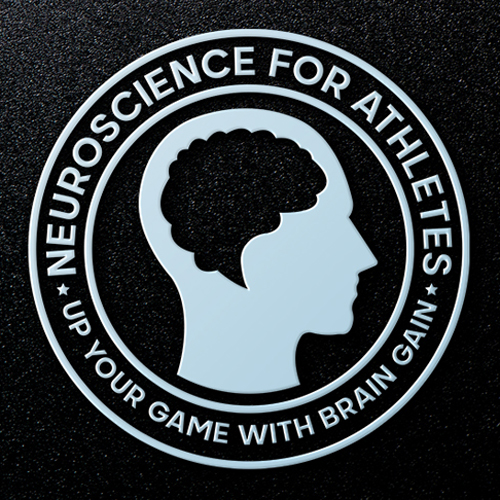Athletic performance is a complex process that involves multiple physiological systems, including the cardiovascular, respiratory, and musculoskeletal systems. However, one of the most important factors that influence athletic performance is the brain. The brain plays a crucial role in sports by controlling movement, processing sensory information, and making decisions. In this blog post, we will explore the neuroscience of athletic performance and how the brain influences sports.
Motor Control and Movement
The brain controls movement through a complex network of neurons that communicate with muscles and other organs. The motor cortex, located in the frontal lobe of the brain, is responsible for initiating and controlling voluntary movements. When an athlete decides to move, the motor cortex sends a signal through the spinal cord to the appropriate muscles. The cerebellum, located at the back of the brain, helps to coordinate movement and maintain balance.
Attention and Decision-making
In sports, attention and decision-making are critical for success. The brain processes sensory information from the environment, including visual, auditory, and proprioceptive information, and uses this information to make decisions. Attention, or the ability to focus on relevant information while filtering out distractions, is essential for athletes to perform at their best. The prefrontal cortex, located in the front of the brain, is involved in attention and decision-making.
Memory and Learning
Memory and learning are also important for athletic performance. Athletes must remember specific plays, strategies, and techniques and be able to execute them quickly and accurately. The hippocampus, located in the medial temporal lobe, is involved in the formation and retrieval of memories. The basal ganglia, a group of structures located deep within the brain, is involved in procedural learning, or the ability to learn and perform motor skills.
Practical Applications for Athletes and Coaches
Understanding the role of the brain in sports can have practical applications for athletes and coaches. For example, athletes can use visualization techniques to improve their performance by imagining themselves performing a specific skill or technique. Coaches can use cognitive training programs to improve attention, decision-making, and memory in their athletes. Physical training programs can be designed to target specific areas of the brain involved in motor control and learning.
In conclusion, the brain plays a critical role in athletic performance, influencing movement, attention, decision-making, memory, and learning. By understanding the neuroscience of sports, athletes and coaches can develop practical strategies to optimize performance and achieve their goals.

